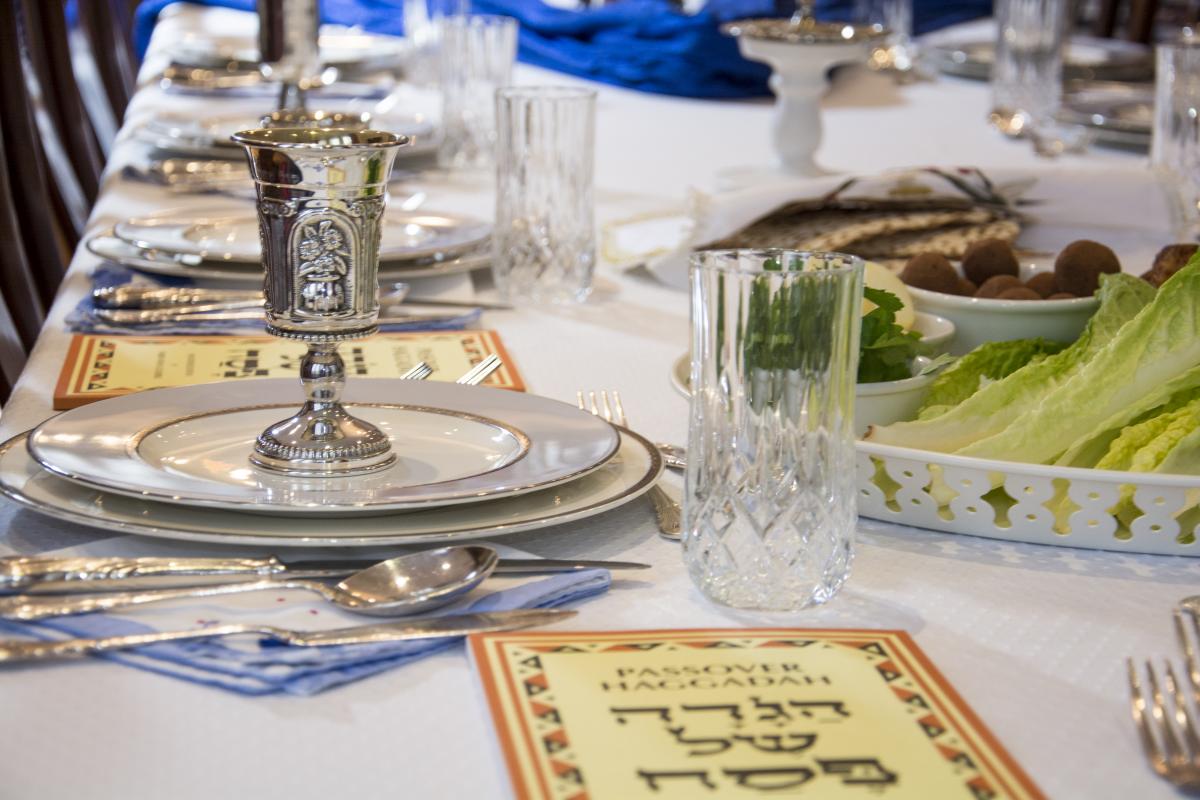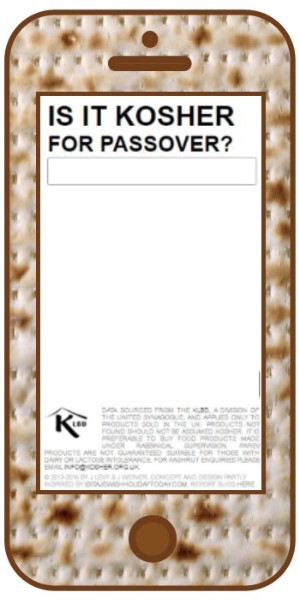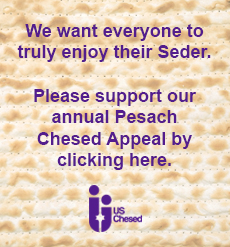The Seder Plate:
The Seder plate is the focal point of proceedings at the Seder. Whether an ornate silver dish or a humble napkin, it bears the ceremonial foods around which the Seder is based: Matzah, the Zeroa (shankbone), Beitza (egg), Maror and Chazeret (bitter herbs), Charoset (paste) and Karpas vegetable.
The special foods we eat on Passover are also food for thought. Every item on the Seder plate abounds in meaning and allusion. Here you will learn the descriptions of each of the foods, the reason why it is included, and its role in the Seder meal.
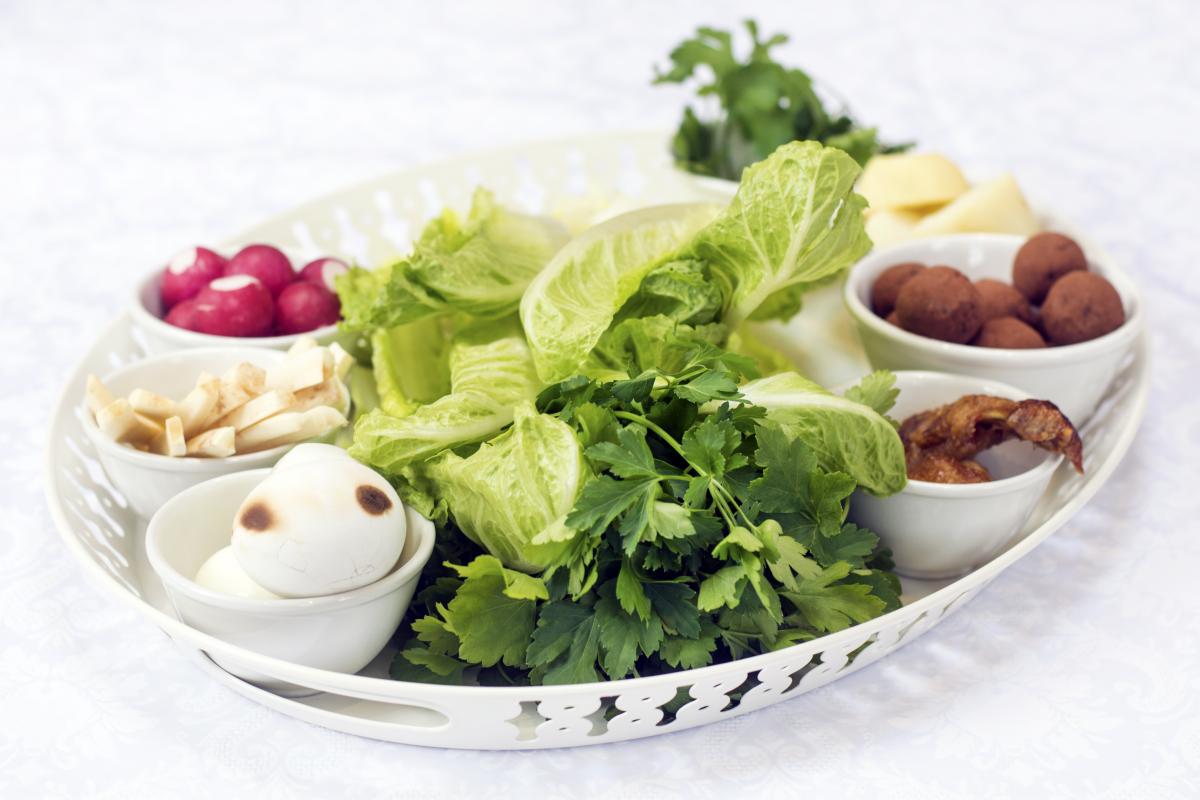
Three matzot are placed on top of each other on a plate or napkin, and then covered. Some also have the custom to separate the matzot from each other with interleaved plates, napkins or special Matzah covers that have an internal three sections.
Matzah:
The symbolism behind three matzot, is that we can break one (as a slave would in sharing, because they would not have a whole matzah to themselves), and still have two whole matzot over which to recite the Hamotzi blessing (as required on Shabbat and holidays). The matzot are also symbolic of three groups of Jews: Priests (Cohanim), Levites and Israelites.
Zeroa (shankbone):
A piece of roasted meat represents the lamb that was the special paschal sacrifice on the eve of the exodus from Egypt, and annually on the afternoon before Passover in the Holy Temple.
Some use a forearm of a lamb. Since we don’t want to appear to offer the paschal sacrifice in the absence of the Holy Temple, others take care to use something that is relatively dissimilar to the actual offering. Accordingly, many communities have the custom to use a roasted chicken neck or wing as long as it is on the bone.
Method: Roast the meat on all sides over an open fire on the stove.
Karpas:
Many have the custom to use parsley, called Karpas in Hebrew. Others use radishes or boiled potatoes.
Role in the Seder: After the recital of kiddush, the family goes to the sink and ritually washes their hands, but without saying the usual blessing.
Everyone then takes a very small piece of the vegetable and dips it in saltwater. After the appropriate blessing is said, the Karpas is eaten.
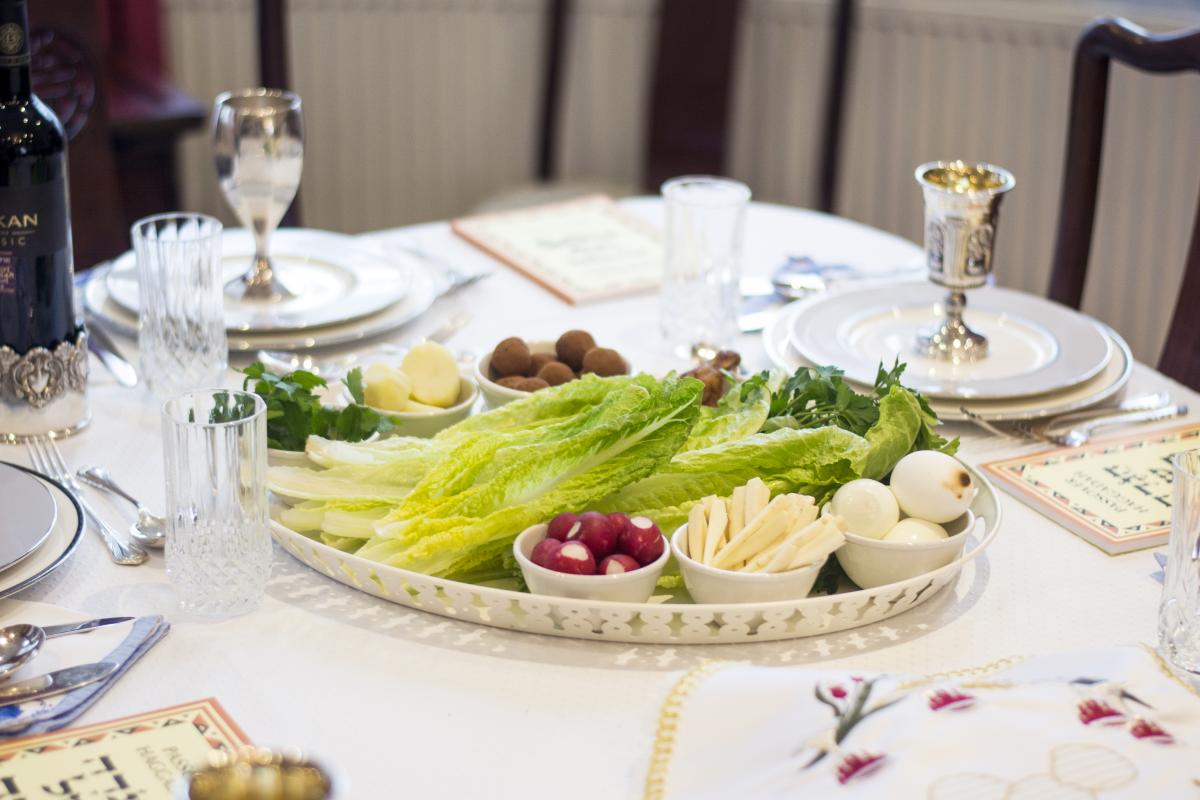
Maror and Chazeret (Bitter Herbs):
Bitter herbs (maror) remind us of the bitterness of the slavery of our forefathers in Egypt. Fresh grated horseradish, romaine lettuce or endives are the most common choices.
Role in the Seder: After the recital of most of the Haggadah comes the ritual handwashing with the usual blessing. The Matzah is then eaten, followed by some maror, which is followed in turn by a sandwich of Matzah and maror; the latter portion is taken from the chazeret.
Charoset (Paste):
Charoset is a combination of fruits, nuts and wine, which resembles the mortar and brick made by the Jews when they toiled for Pharaoh. The customs of what goes into a charoset mixture vary by family; included in this booklet is a child friendly version.
Role in the Seder: This is used as a type of relish, into which the maror is dipped before eating.
Beitza (egg):
A hard-boiled egg represents the pre-holiday offering (chagigah) that was brought in the days of the Holy Temple. A popular custom is to eat these eggs together with the saltwater which is set on the table.
